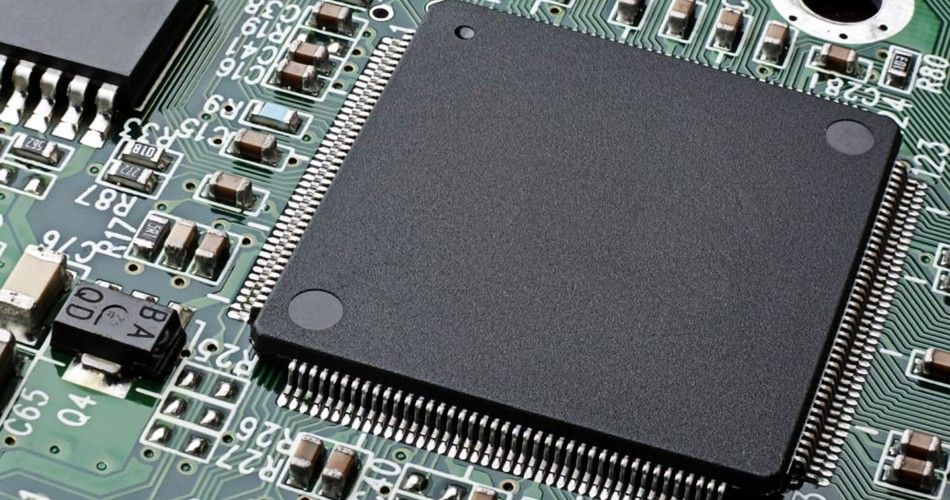- English
- Español
- Português
- русский
- Français
- 日本語
- Deutsch
- tiếng Việt
- Italiano
- Nederlands
- ภาษาไทย
- Polski
- 한국어
- Svenska
- magyar
- Malay
- বাংলা ভাষার
- Dansk
- Suomi
- हिन्दी
- Pilipino
- Türkçe
- Gaeilge
- العربية
- Indonesia
- Norsk
- تمل
- český
- ελληνικά
- український
- Javanese
- فارسی
- தமிழ்
- తెలుగు
- नेपाली
- Burmese
- български
- ລາວ
- Latine
- Қазақша
- Euskal
- Azərbaycan
- Slovenský jazyk
- Македонски
- Lietuvos
- Eesti Keel
- Română
- Slovenski
- मराठी
- Srpski језик
Safety and standards compliance in PCBA assembly
2024-05-18
Safety and standards compliance are vital factors during the PCBA assembly process to ensure workplace safety, as well as product quality and reliability. The following are important considerations for safety and standards compliance in PCBA assembly:

1. Personnel safety:
Training: Ensure operators and staff have the necessary training to understand operating procedures, handling of hazardous materials and emergency response measures.
Personal Protective Equipment: Provide necessary personal protective equipment such as safety glasses, anti-static clothing, gloves and respiratory protection during PCBA assembly process.
2. Equipment security:
Regular maintenance: Ensure regular maintenance and inspection of production equipment and machinery to prevent breakdowns and accidents during PCBA assembly.
Safety Signs: Install appropriate safety signs in the workplace to remind employees of hazardous areas and safety regulations.
3. Chemical and Materials Management:
Labeling and Storage: Properly label and store chemicals and materials to ensure they do not pose a hazard to workers and the environment.
Waste Disposal: Properly handle and dispose of hazardous waste in compliance with relevant environmental regulations.
4. Static electricity control:
ESD protection: Take measures during PCBA assembly to prevent damage to electronic components caused by electrostatic discharge, including using anti-static workbenches, anti-static floors and static elimination equipment.
5. Standards Compliance:
RoHS Compliance: Ensure that the RoHS (Restriction of the Use of Certain Hazardous Substances) directive is followed in PCBA manufacturing to restrict the use of hazardous substances.
IPC standards: Comply with the PCBA manufacturing standards set by IPC (Electronic Industry Association) to ensure product quality and reliability.
6. Supply chain management:
Supplier Compliance: Work with suppliers to ensure their products and materials comply with relevant standards and regulations.
Quality Audits: Regularly review the supply chain to ensure quality and compliance.
7. Documentation and Tracking:
Record Keeping: Keep detailed records of the manufacturing process so quality issues can be tracked and improved.
Traceability: Ensuring that the origin and production history of product components can be traced.
8. Safety training and culture:
Safety culture: Establish a safety culture within the enterprise and encourage employees to actively participate in safety management and improvement.
Regular training: Conduct regular safety training, including emergency drills and safety awareness training.
In summary, safety and standards compliance in PCBA assembly are key factors in ensuring product quality and employee safety. Following relevant standards and regulations, implementing safety measures, training employees, and ensuring safe management of chemicals and materials are all important measures to maintain the PCBA manufacturing process. At the same time, establishing a safety culture and quality culture can help companies better manage and improve their production processes.
-
Delivery Service






-
Payment Options









